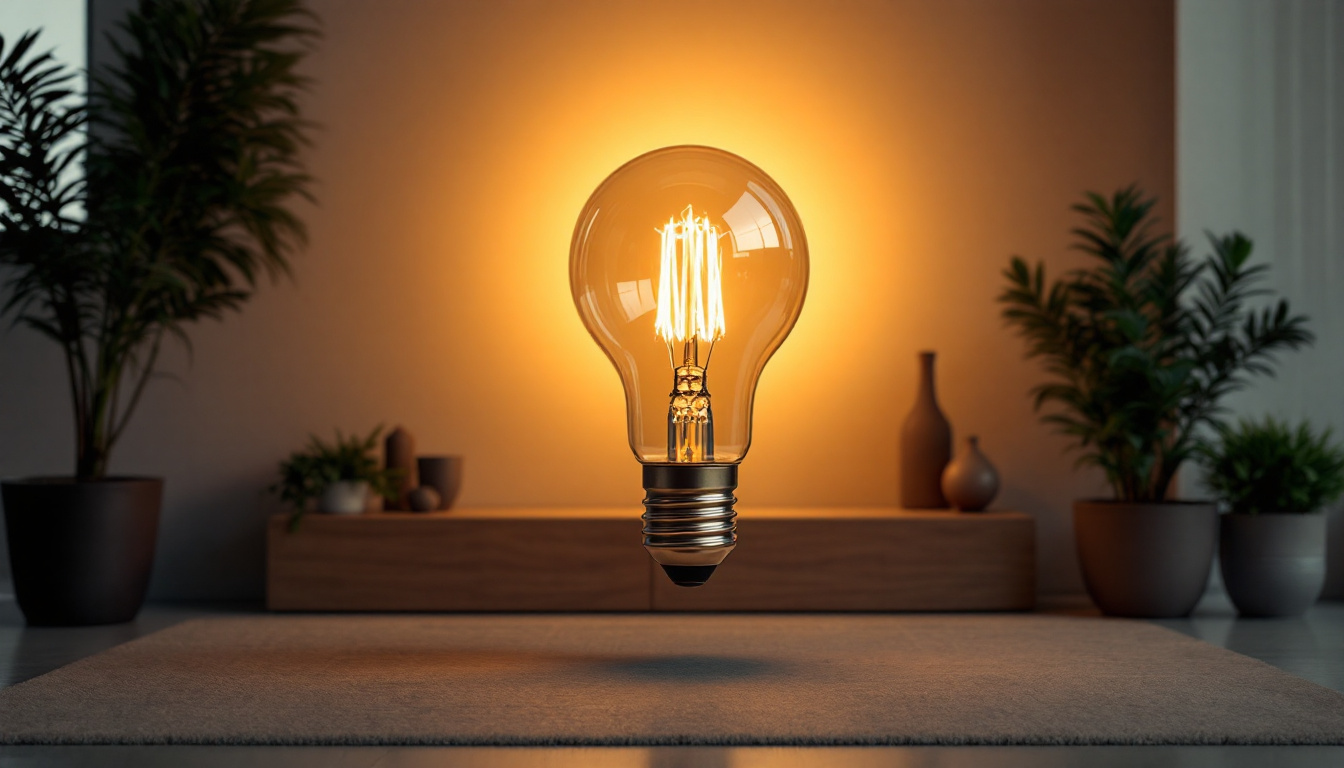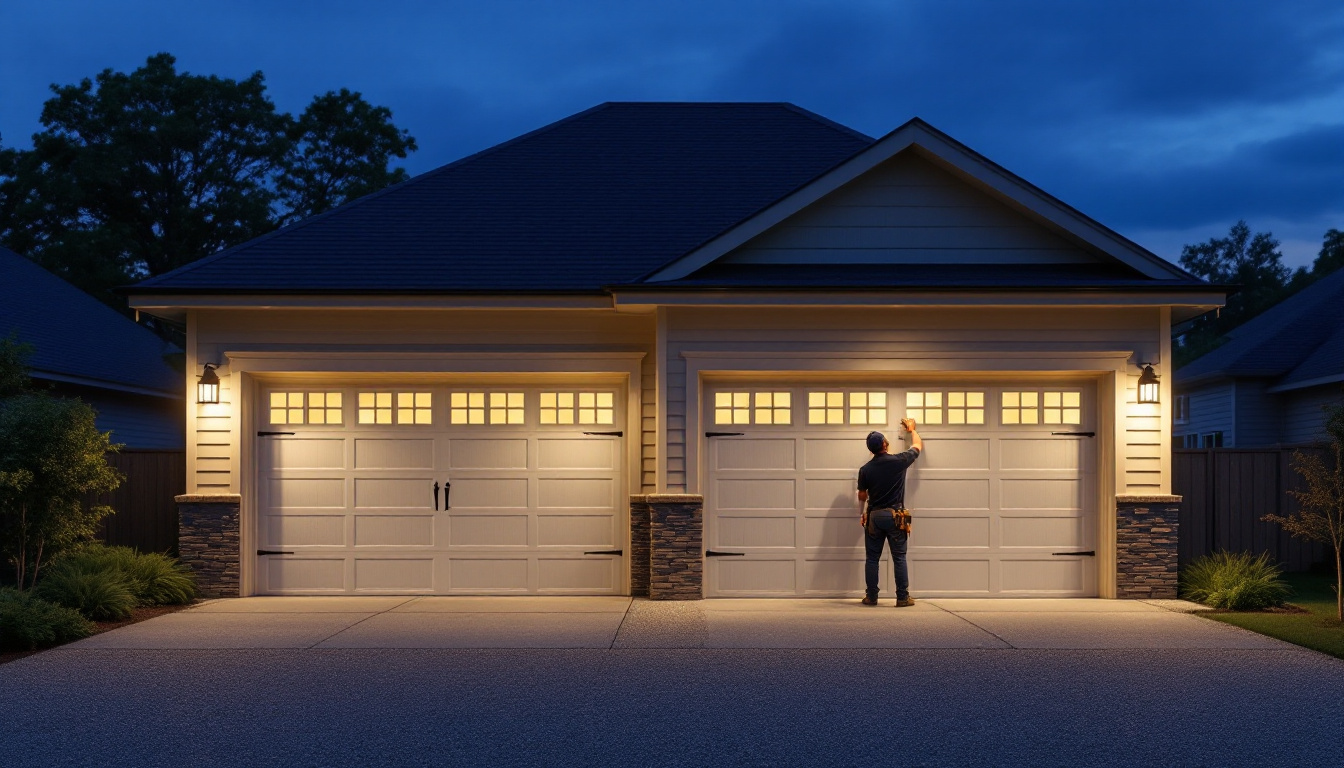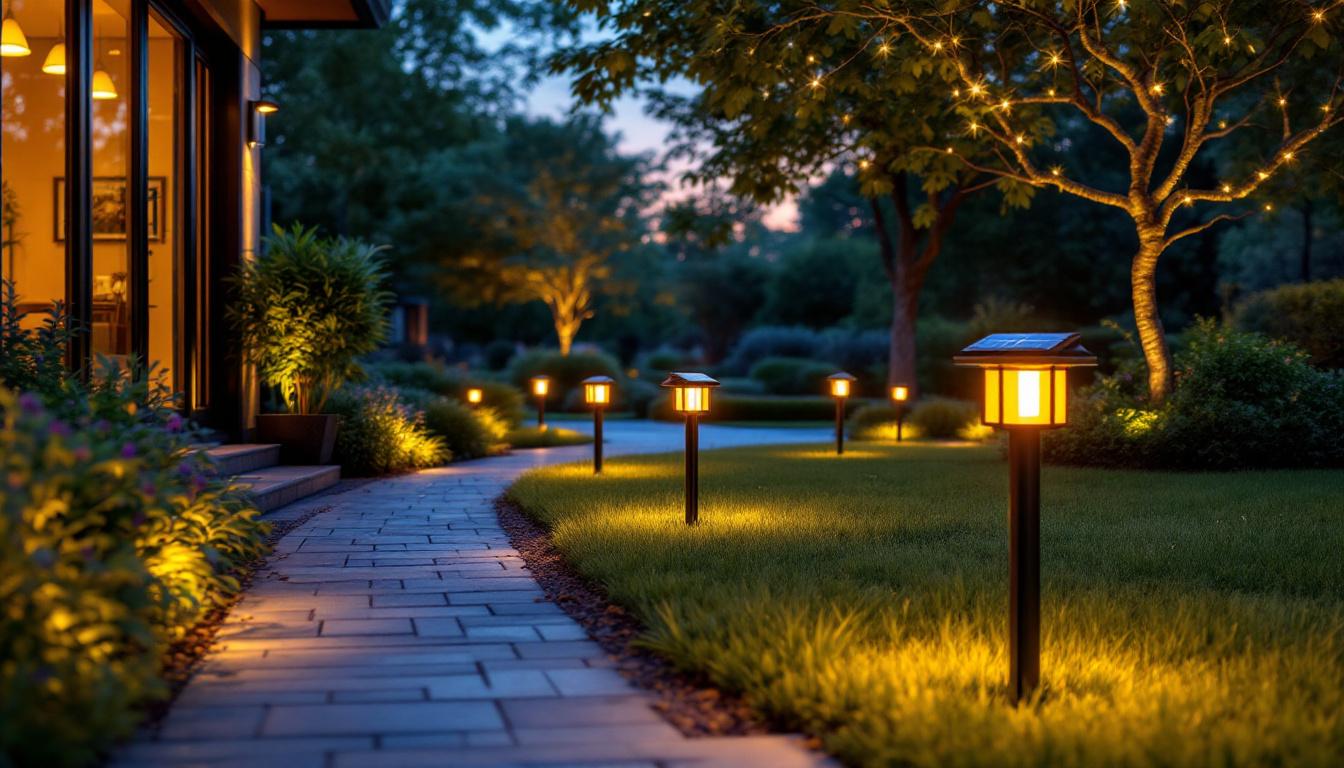
Fluorescent lighting has been a staple in both residential and commercial spaces for decades. For lighting contractors, understanding the intricacies of fluorescent lights is essential to providing clients with the best solutions. This article aims to simplify the complexities surrounding fluorescent lighting, making it easier for contractors to navigate their options and make informed decisions.
Fluorescent lights operate through a process that involves the excitation of gas within a tube, producing ultraviolet light that then excites a phosphor coating on the inside of the tube, generating visible light. This technology is not only energy-efficient but also versatile, making it a popular choice for various applications. The efficiency of fluorescent lighting can lead to significant energy savings, making it an environmentally friendly option for both residential and commercial spaces. Additionally, the ability to produce a wide range of color temperatures allows for customization in lighting design, catering to different moods and functions.
To fully grasp how fluorescent lights work, it’s crucial to understand their main components. These include the lamp, ballast, and the fixture. The lamp itself is the glass tube filled with gas and coated with phosphor. The ballast regulates the current flowing to the lamp, ensuring it operates efficiently. Lastly, the fixture houses the lamp and ballast, providing the necessary support and electrical connections. The design of the fixture can also influence the distribution of light, affecting the overall ambiance of a space.
Each of these components plays a vital role in the performance of fluorescent lighting. For instance, the type of ballast used can significantly affect energy consumption and light output. Therefore, contractors must be well-versed in the different types of ballasts available, such as electromagnetic and electronic, to optimize their installations. Furthermore, advancements in technology have led to the development of smart ballasts that can adapt to changing conditions, enhancing energy efficiency and extending the lifespan of the lamps.
Fluorescent lamps come in various types, each designed for specific applications. The most common types include T12, T8, and T5 lamps, which differ in diameter and efficiency. T12 lamps, with a diameter of 1.5 inches, are being phased out due to their lower efficiency. In contrast, T8 lamps (1 inch in diameter) and T5 lamps (5/8 inch in diameter) offer better energy efficiency and longer lifespans. T5 lamps, in particular, are favored in commercial settings for their compact size and high lumen output, making them ideal for applications where space is limited.
Understanding these differences is crucial for lighting contractors. When selecting a lamp type, factors such as the intended application, energy efficiency, and compatibility with existing fixtures must be considered. This knowledge allows contractors to recommend the best options to their clients, ensuring satisfaction and optimal performance. Moreover, the choice of fluorescent lamp can also influence the overall aesthetic of a space, as different lamps can produce varying qualities of light, from warm and inviting to cool and energizing, thus impacting the mood and functionality of the environment.
Fluorescent lighting offers numerous advantages that make it an appealing choice for both contractors and clients. From energy efficiency to versatility, understanding these benefits can help contractors make informed recommendations.
One of the most significant advantages of fluorescent lighting is its energy efficiency. Fluorescent lamps consume significantly less energy than traditional incandescent bulbs, often using about 75% less energy for the same amount of light output. This efficiency translates into lower electricity bills for clients, making fluorescent lighting an attractive option for budget-conscious consumers.
Moreover, the longer lifespan of fluorescent lamps—often lasting up to 10,000 hours—means fewer replacements, further reducing maintenance costs. For contractors, this not only enhances client satisfaction but also allows for more efficient project planning and execution. In addition, the lower heat output of fluorescent lights contributes to a more comfortable environment, especially in spaces where air conditioning is used. This can lead to additional energy savings, as less cooling is required to offset the heat generated by traditional lighting solutions.
Fluorescent lights are incredibly versatile, suitable for a wide range of applications. From commercial settings like offices and retail spaces to residential environments, fluorescent lighting can be adapted to meet various needs. The availability of different color temperatures also allows contractors to create the desired ambiance in any space.
Additionally, fluorescent lights can be used in various fixtures, including recessed lighting, surface-mounted fixtures, and even outdoor applications. This adaptability makes it easier for contractors to find suitable solutions for their clients, regardless of the project scope. Beyond standard applications, fluorescent lighting is also increasingly being integrated into smart lighting systems, allowing for enhanced control over brightness and color, which can further optimize energy use and improve user experience. The ability to dim or change the color of fluorescent lights can transform a space, making it more functional and aesthetically pleasing, whether for work, leisure, or special events.
When working with fluorescent lighting, several installation considerations must be taken into account. Proper installation ensures optimal performance and longevity of the lighting system. Here are some key factors to keep in mind.
Before installation, it is essential to assess the electrical compatibility of the existing system. Fluorescent lights require a specific voltage and current to function correctly. Contractors should verify that the electrical infrastructure can support the new lighting system, including checking the ballast and ensuring it is compatible with the selected lamps.
In some cases, retrofitting existing fixtures may be necessary to accommodate new fluorescent lamps. This process can involve replacing outdated ballasts or modifying wiring to ensure safety and efficiency. Understanding these requirements is crucial for a successful installation.
Selecting the right fixture is another critical aspect of fluorescent lighting installation. The fixture must be compatible with the chosen lamp type and designed for the intended application. For instance, a fixture used in a warehouse setting may require different specifications than one used in an office.
Contractors should also consider factors such as the fixture’s design, reflectivity, and placement to maximize light distribution and efficiency. Proper fixture selection not only enhances the performance of the lighting system but also contributes to the overall aesthetics of the space.
Even with the best installation practices, maintenance is an inevitable part of managing fluorescent lighting systems. Understanding common issues and their solutions can help contractors provide better service to their clients.
Some common problems associated with fluorescent lighting include flickering, dimming, and complete failure. Flickering can often be attributed to a faulty ballast or poor electrical connections. Dimming may occur due to aging lamps or incorrect ballast types. In cases of complete failure, the lamp may need to be replaced, or the ballast may require servicing.
Contractors should be equipped with troubleshooting skills to diagnose these issues quickly. Regular maintenance checks can also help identify potential problems before they escalate, ensuring that clients enjoy uninterrupted lighting.
To prolong the lifespan of fluorescent lighting systems, several best practices should be followed. Regular cleaning of fixtures can prevent dust buildup, which can hinder light output. Additionally, contractors should recommend periodic inspections to check for signs of wear and tear on both lamps and ballasts.
Furthermore, educating clients about the importance of timely lamp replacements and ballast servicing can enhance the overall performance of the lighting system. By fostering a proactive maintenance approach, contractors can ensure their clients receive the best value from their fluorescent lighting investments.
As technology continues to evolve, so does the world of lighting. While fluorescent lighting has been a reliable choice for many years, emerging trends are shaping its future. Staying informed about these trends can help contractors remain competitive in the industry.
One of the most significant trends in lighting is the integration of smart technology. Smart fluorescent lights can be controlled remotely, allowing users to adjust brightness, color temperature, and even scheduling. This level of control enhances energy efficiency and provides users with greater flexibility in managing their lighting environments.
Contractors should familiarize themselves with smart fluorescent options and their compatibility with existing systems. Offering clients smart lighting solutions can set contractors apart in a competitive market, appealing to tech-savvy consumers looking for modern solutions.
While fluorescent lighting remains popular, the transition to LED technology is gaining momentum. LEDs offer even greater energy efficiency, longer lifespans, and lower maintenance costs compared to fluorescent lamps. As more clients seek sustainable solutions, contractors may need to adapt by expanding their knowledge of LED systems.
However, it is essential to recognize that fluorescent lighting will still have its place in certain applications. Understanding when to recommend fluorescent over LED will be crucial for contractors as they navigate this evolving landscape.
Fluorescent lighting continues to be a valuable option for lighting contractors, providing energy efficiency, versatility, and cost-effectiveness. By understanding the components, benefits, installation considerations, and maintenance practices associated with fluorescent lights, contractors can better serve their clients and enhance their project outcomes.
As technology advances, staying informed about trends such as smart technology integration and the shift towards LED lighting will be essential for contractors looking to remain competitive. Embracing these changes while maintaining a solid foundation in fluorescent lighting will ensure success in the ever-evolving world of lighting solutions.
In summary, a comprehensive understanding of fluorescent lighting not only benefits contractors but also enhances the overall experience for clients. By simplifying the complexities of fluorescent lighting, contractors can provide effective, efficient, and sustainable lighting solutions tailored to the unique needs of each project.
Ready to elevate your lighting game? At LumenWholesale, we provide lighting contractors like you with the highest quality, spec-grade fluorescent lighting products at prices that can’t be beaten. Say goodbye to local distributor markups and hello to our extensive selection that meets rigorous industry standards. With free shipping on bulk orders, you can stock up on superior lighting solutions and enjoy the best value without any hidden costs. Don’t compromise on quality or price. Discover wholesale lighting at the best value today and light up your projects with confidence and convenience.

Discover essential insights into decorative fixture bulbs tailored for lighting contractors.

Discover innovative hacks for smart lighting contractors to transform garage outdoor lighting.

Illuminate your outdoor spaces with expert insights from lighting contractors on solar patio lamps.

Discover the top benefits of solar-powered outdoor ground lights for lighting contractors.